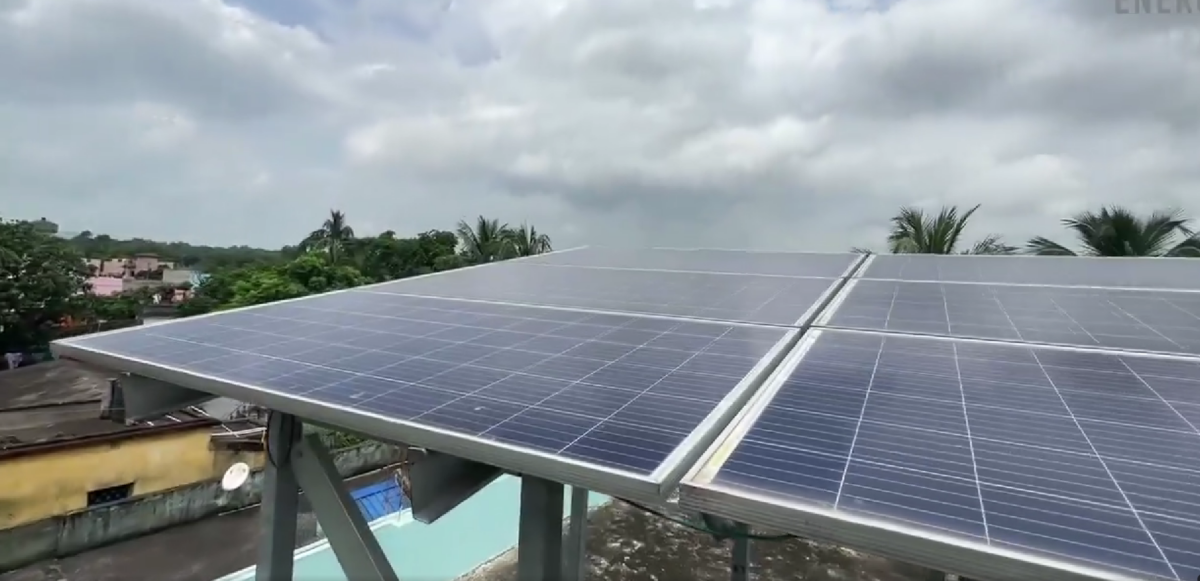India has been developing both distributed solar and utility scale solar for over a decade. Distributed solar (Rooftop Solar) has not kept up with the targets, given the inherent challenges in scaling the rooftop deployment. In 2014, rooftop solar targets of 40 GW were set to be achieved by 2022, but we barely achieved 25-30% of this, while the utility scale targets were met.
Distributed solar and utility-scale solar both have their own sets of benefits, and the best choice often depends on the specific needs and goals of a community, business, or individual. Both distributed solar and utility-scale solar play crucial roles in India’s energy strategy. Distributed solar offers localized benefits, energy independence, and support for rural and urban communities, while utility-scale solar provides the bulk power needed to meet large-scale demand and support grid stability.
As India continues to advance its renewable energy ambitions, integrating distributed and utility-scale solar will be key to achieving a sustainable and reliable energy future. By addressing the challenges and harnessing the benefits of both approaches, India can make significant strides towards a greener and more resilient energy landscape.
The foremost benefits of distributed solar are reduced transmission and distributed losses, as well as reduced investment. Distributed solar installations (like rooftop panels) are typically located close to where the energy is consumed. This reduces the need for long-distance energy transmission, which can lead to energy losses and inefficiencies.
There are also significant local benefits. Distributed solar promotes local involvement and control over energy production. People can make decisions about their energy sources and infrastructure, often leading to increased support for renewable energy initiatives. Distributed solar can stimulate local economies by creating jobs for installation, maintenance, and other related services. It also allows individuals and businesses to directly benefit from their investments in solar technology.
Utility-scale solar farms benefit from economies of scale, meaning they can produce electricity at a lower cost per unit than smaller, distributed systems. This is due to larger installations often having more efficient technology and lower per-unit costs for materials and labor.
Utility-scale solar farms can have a substantial impact on reducing carbon emissions and increasing renewable energy capacity. Although the pricing of, say, INR 2.50/kWh is often quoted as the price of utility scale solar, it is not accurate since the cost of transmission and distribution (T&D) has not been fully added to this. The government thus needs to do a longer-range estimation of the levelized cost of electricity delivered to the customer.
The choice between distributed and utility-scale solar often comes down to balancing these benefits based on the specific context, goals, and constraints of a project or region. In the Indian context, a balanced approach that leverages the strengths of both models is essential. Distributed solar can address the needs of individual consumers and promote energy resilience at the local level. At the same time, utility-scale projects can drive down costs, expand renewable energy capacity, and support national energy and decarbonization goals.
The views and opinions expressed in this article are the author’s own, and do not necessarily reflect those held by pv magazine.
This content is protected by copyright and may not be reused. If you want to cooperate with us and would like to reuse some of our content, please contact: editors@pv-magazine.com.








By submitting this form you agree to pv magazine using your data for the purposes of publishing your comment.
Your personal data will only be disclosed or otherwise transmitted to third parties for the purposes of spam filtering or if this is necessary for technical maintenance of the website. Any other transfer to third parties will not take place unless this is justified on the basis of applicable data protection regulations or if pv magazine is legally obliged to do so.
You may revoke this consent at any time with effect for the future, in which case your personal data will be deleted immediately. Otherwise, your data will be deleted if pv magazine has processed your request or the purpose of data storage is fulfilled.
Further information on data privacy can be found in our Data Protection Policy.